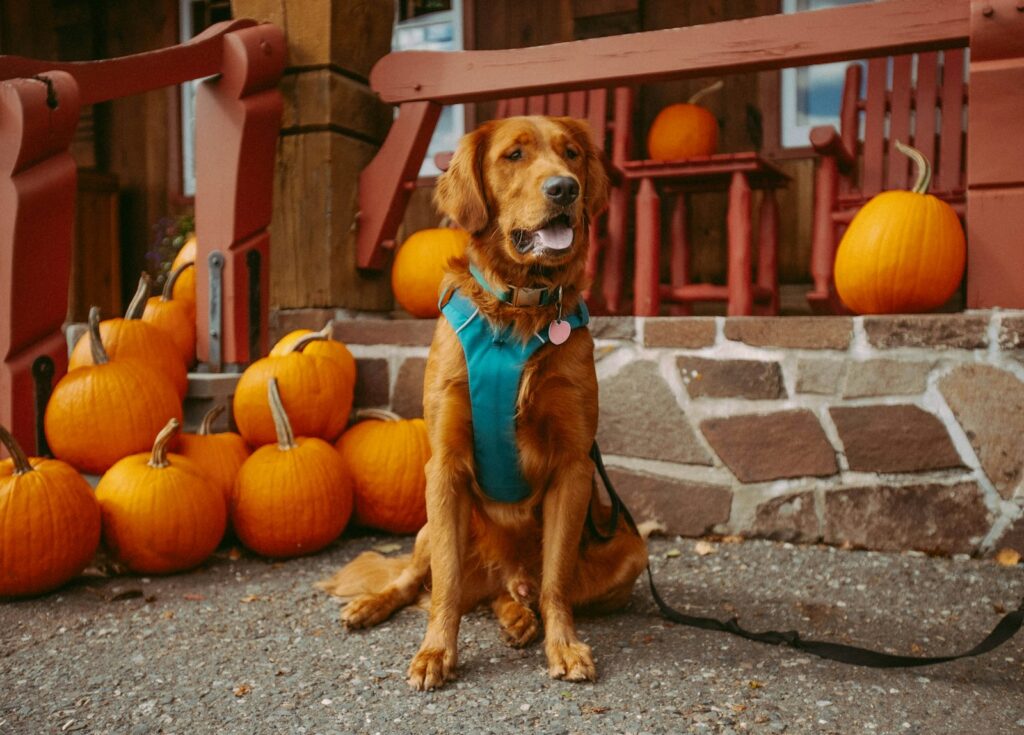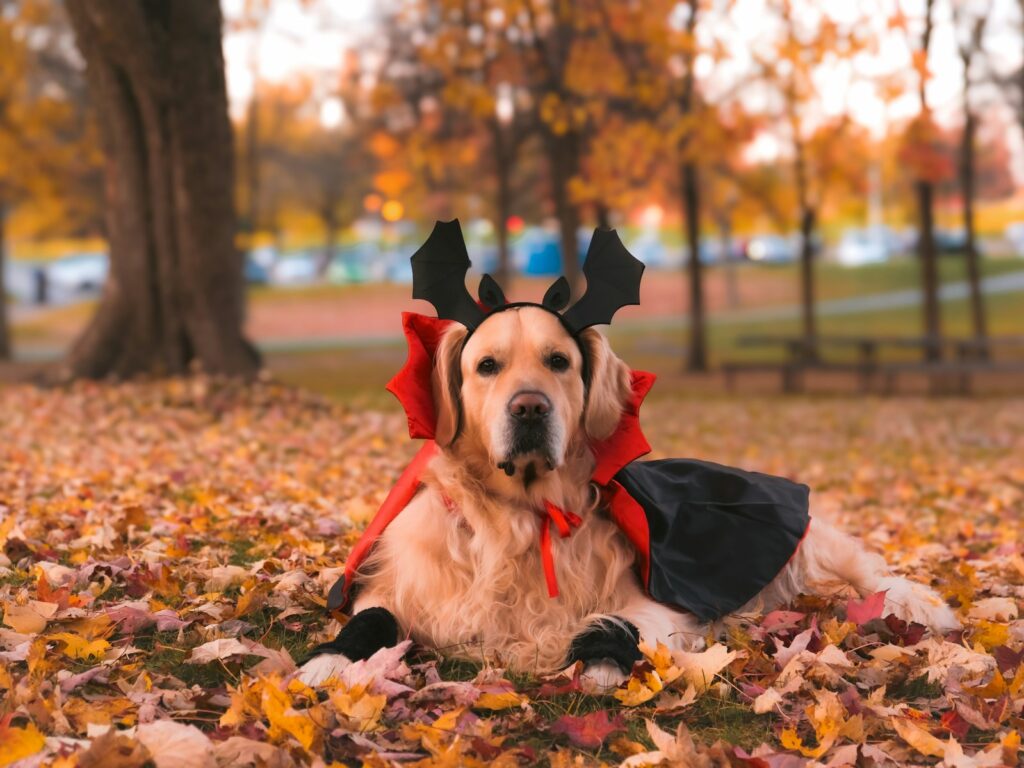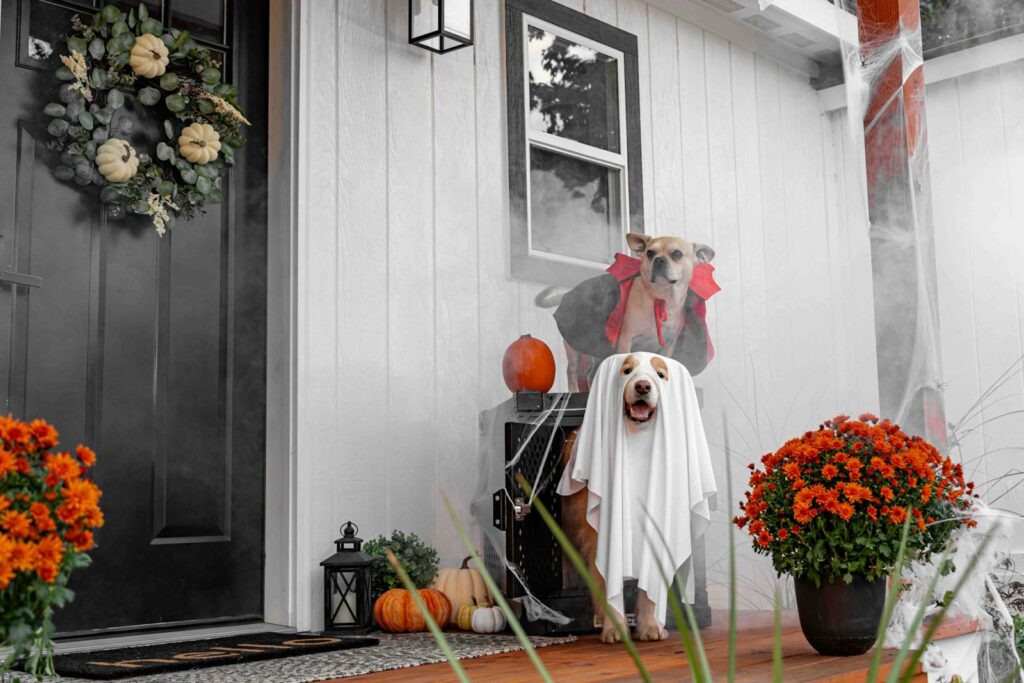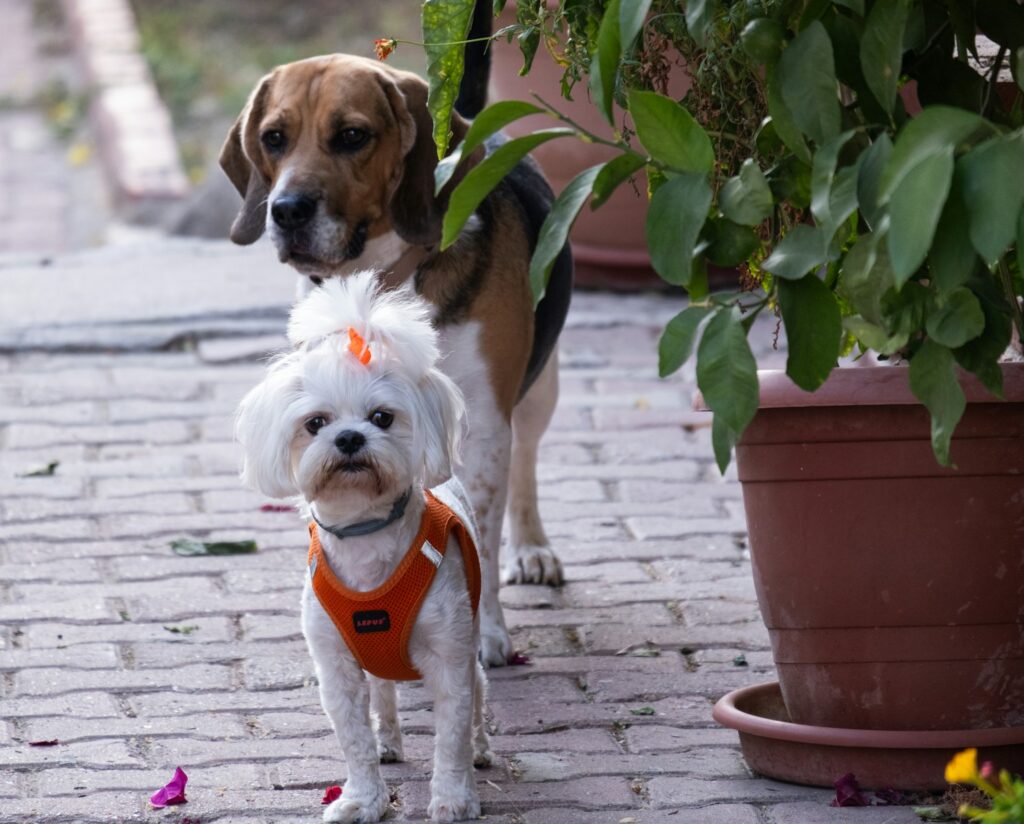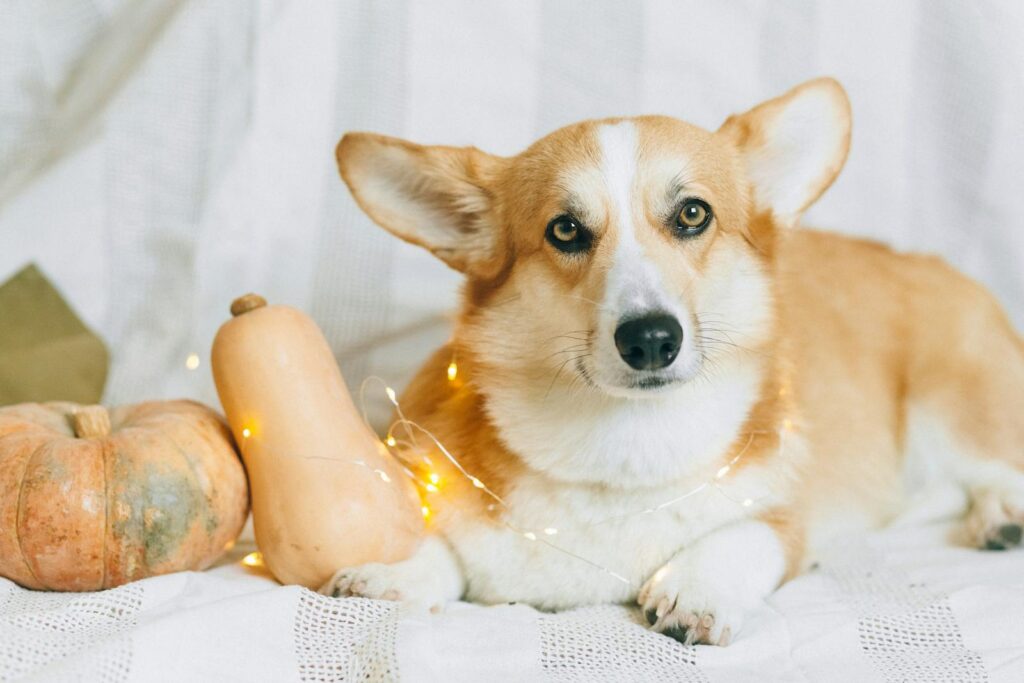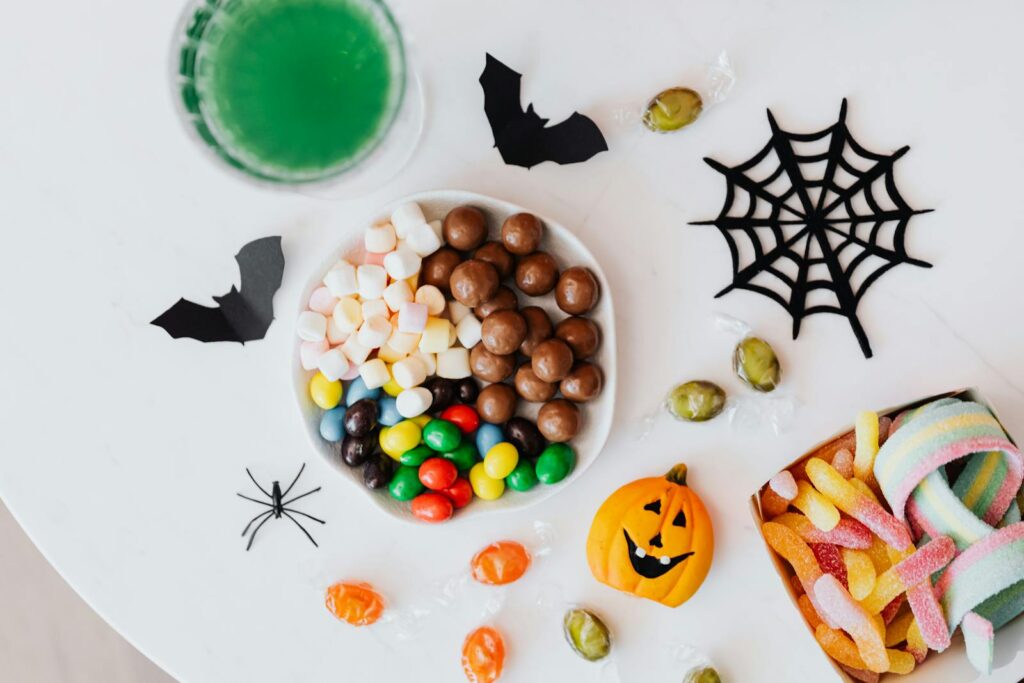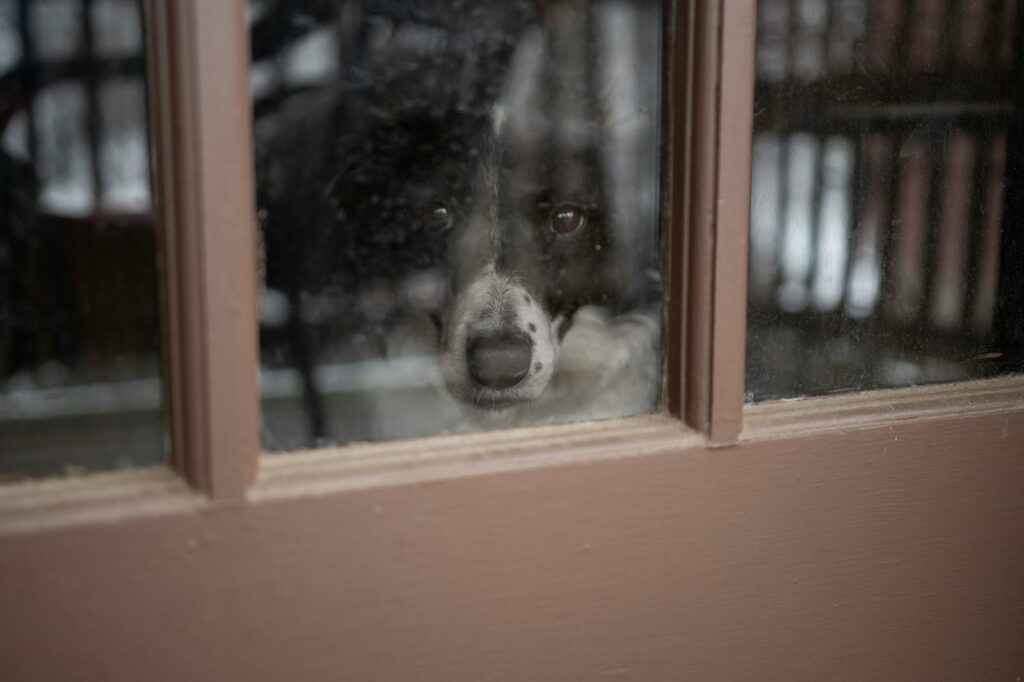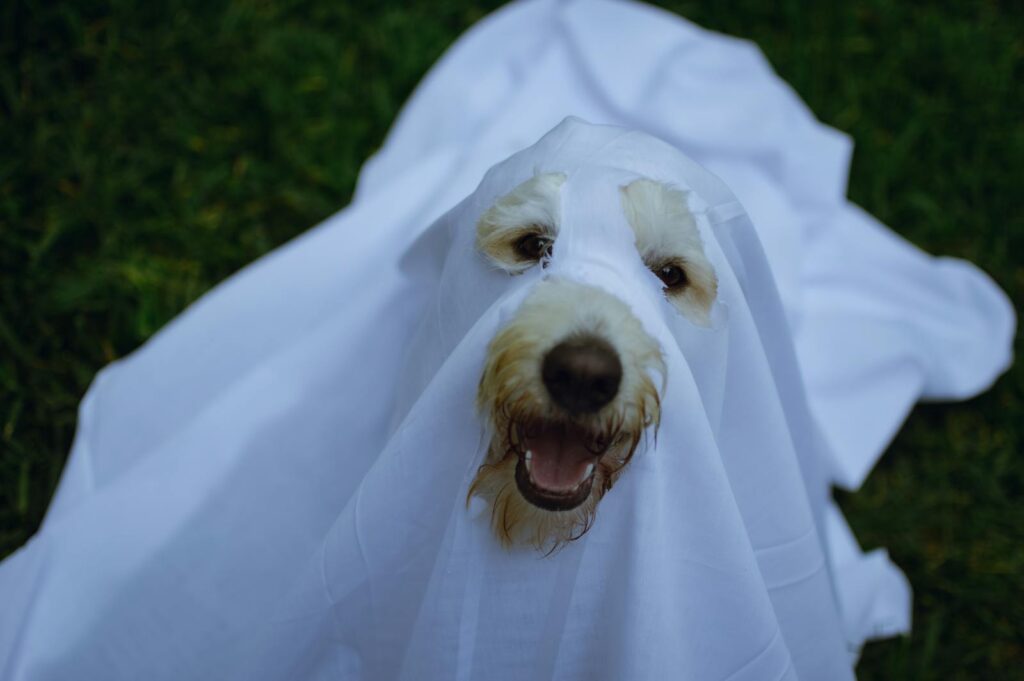How to Keep Your Dog Calm During Trick-or-Treat Night in Missoula
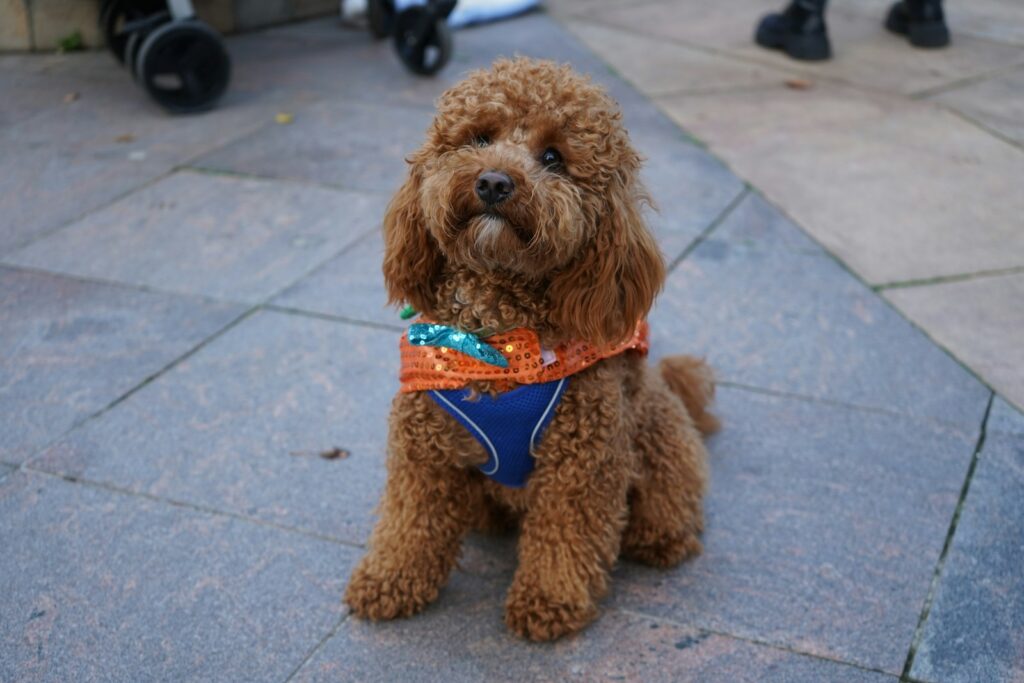
Halloween in Missoula is full of excitement—costumes, candy, flashing lights, and a parade of doorbell rings from eager trick-or-treaters. But for your dog? It can feel like a night-long panic attack.
Whether your pup is scared of masks, reactive to the doorbell, or a little too interested in that bowl of Snickers, Halloween poses serious training challenges—and safety concerns—for dog owners.
Here’s how to help your dog stay calm, confident, and safe on October 31st.
Why Halloween Triggers Dog Behavior Problems
Before we talk solutions, let’s look at why Halloween can be such a sensory overload for your pup:
-
Constant doorbell ringing or knocking
-
Unpredictable costumes (especially with masks or props)
-
High-pitched voices and excited children
-
Strange smells and flashing lights
-
Increased temptation (dropped candy, food bowls, open doors)
Even typically mellow dogs can become hyper, anxious, or defensive during the chaos. For reactive dogs, it can be a nightmare.
Step-by-Step: How to Prepare Your Dog for Trick-or-Treat Night
1. Practice “Place” Command Before the Big Night
Your best tool for Halloween calmness is a reliable place command—a mat or cot your dog goes to and stays on until released. It creates space from the front door and helps your dog settle.
Start now by practicing:
-
Short durations during quiet moments
-
Increasing distractions (door knock, doorbell sound, etc.)
-
Rewarding calm behavior while they stay on place
Pro Tip: Place the bed far from the front door but close enough that they can hear the activity.
2. De-Sensitize to Doorbells and Knock Sounds
Dogs who react to the doorbell need to practice neutrality ahead of time.
-
Record or play doorbell sounds on your phone
-
Ring your own doorbell and pair it with a treat when your dog is calm
-
If your dog barks, calmly redirect them back to place
3. Limit Costumed Interaction
Even friendly dogs may get spooked by:
-
Big wigs
-
Flashing swords
-
Masks or face paint
Don’t expect your dog to recognize your neighbor’s kid dressed as a zombie. Let your dog observe from a distance and reward calm behavior. If your dog is particularly fearful, skip any greetings altogether and keep them secured in a separate room.
4. Manage the Environment
On Halloween night:
-
Keep your dog leashed or crated when opening the door
-
Skip walks during peak hours (5:30–8:30 PM) to avoid costume surprises
-
Use white noise or calming music to dampen door sounds
-
Consider natural calming aids (like Adaptil diffusers or calming chews) if needed
5. Don’t Forget Candy Safety
Many Halloween treats are toxic to dogs—especially chocolate, xylitol, and raisins. Keep candy out of reach and teach a solid “leave it” command just in case something hits the floor.
Long-Term Fix: Addressing Reactivity and Anxiety
If your dog is:
-
Barking at every sound
-
Guarding the door
-
Acting aggressively or overly anxious during holidays
…it’s more than a Halloween issue. It’s a training opportunity.
We work with dogs across Missoula and the Bitterroot Valley on:
-
Doorbell desensitization
-
Guest neutrality
-
Reactivity rehab
-
Obedience around distractions
-
Confidence-building for fearful dogs
Don’t Let Halloween Be a Horror Story
The holidays are supposed to be fun—for you and your dog. With a little prep and the right training plan, you can enjoy a peaceful, safe Halloween and prevent future behavior problems from taking root.
📞 Contact us at 406-946-3037 or fill out the form below to talk with a trainer. We’ll help your pup stay calm not just for Halloween—but for every holiday to come.

